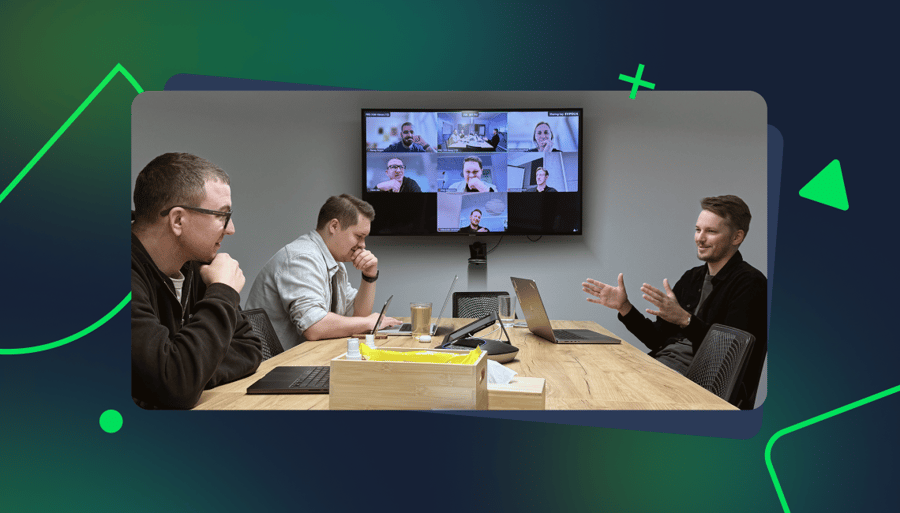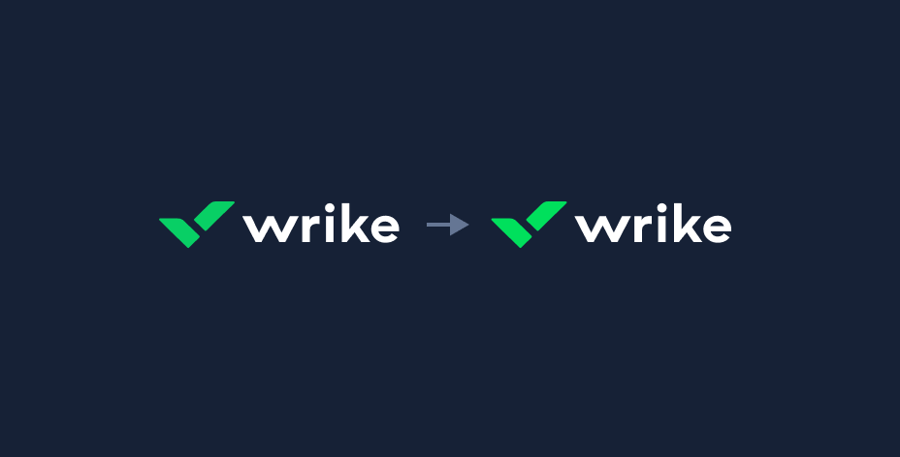While IT teams (including here at Wrike!) are busy building AI features, a different question keeps coming to mind: what's happening to the teams themselves? Are we changing as fast as we're changing reality? As professionals, how well are we adapting to this shift? Will the skills we use today to supercharge our products with AI still matter in three, five, or 10 years, when designing with artificial intelligence is no longer a boost, but the baseline?
These aren't just my questions; I'm hearing them from teammates and friends across the industry. Some meet AI in design with excitement, others with caution or even anxiety. But here's the thing: there's no more time to just watch. We need to adapt — fast, deliberately, and systematically. This is upskilling for AI.
What helps me is looking back — finding historical analogies that ground our thinking. To me, the scale and implications of today's AI revolution mirror the Industrial Revolution. It's a powerful lens for understanding what's at stake in AI-driven digital transformation.
Workshop: Imagining skills for the future
To explore this transition, I ran a workshop, first with my design team at Wrike, then with the creatives from Triad advertising agency. We brainstormed and shaped a shared vision of future-proof design skills from two perspectives: corporate and agency.
To set the mood for open, creative thinking, I started with a bit of role play with no prep and no context, just a simple prompt for the team: imagine who you might have been in the 17th–18th centuries and what your life might have looked like back then. For example, I became Antoni Tonnucci — a carpenter crafting furniture for the local church and selling it in my town.

Experiencing change: From artisan to industrial expert
After some fun and laughter exploring our industrial era personalities, once everyone was relaxed, I shifted the tone: the peaceful artisan era had abruptly ended. My carpenter's workshop closed, the village emptied. With the arrival of the Spinning Jenny and the steam engine, everything changed — we had entered the Industrial Revolution. Massive factories sprang up in the cities, offering steady income, and people flocked to them. Cities grew rapidly. Gone were the quiet village streets; in came the noise, the crowds, the cramped tenements — denser, tougher living.
Social norms changed at once, and nobody was prepared. Families no longer lived on shared land as big rural households; they moved into tiny city flats, often with strangers. Gender and age roles shifted: men, women, even kids as young as six or seven worked in factories — with no schooling, no rights, no protection. The workday lost its rhythm. The village flow dictated by sunlight became a thing of the past. Instead, people slogged through grueling 12, 14, or 16-hour shifts in dark, airless workshops. No training, crude tools, zero safety.
With that description, I had gotten the full teams' attention and set them up with a thoughtful mood. Then, I continued and reminded them: history didn't stop. Over time, society adjusted. Unions formed. Laws introduced minimum standards, including age, working hours, and basic safety. Equipment also improved. Expertise grew.
And those who shifted fastest became the next generation of experts.

And my carpenter, Antoni? He evolved as well. No longer just a woodworker, he became a respected quality inspector at a furniture factory. His craft didn't vanish; it transformed. He preserved the essence — and found new meaning.
Preparing for the AI era
With this, I suggested jumping forward 300 years and applying Antoni's successful experience to our near future. We pulled up our current skills matrix for design teams and ran a brainstorm: what design skills for the AI era should we foster? What will stay? What should evolve? What might disappear altogether? Most importantly, what next-generation workplace skills will emerge?
We weren't just playing historical dress-up. It was a way to explore our skillset and expertise with fresh eyes, creating a safe space for honest conversation about change.
We all came out of that workshop with seven future-proofed skills — and a clear understanding: staying relevant means starting now. (We're going to be sharing those seven future-proof AI skills in another post.)
Shaping the future of design careers
My managerial task is to reflect this new vision in our team's skills matrix, reposition the team within the company, and reframe our development focus. The creative leads at Triad used the results to refine their team's career paths.
In both cases, the goal is the same: to help people see themselves as cross-functional design professionals who can work with AI, thrive in human–AI collaboration, and create value that doesn't expire. That's what AI readiness for design teams looks like.
AI isn't taking design jobs. It's reshaping them. And the sooner we start rethinking design careers in this new reality, the faster we stay not just relevant, but essential. Our job is not just to keep up, but to help shape what's next. We, the Wrike design team, are set up for the next level — and committed to design leadership in the AI era.







